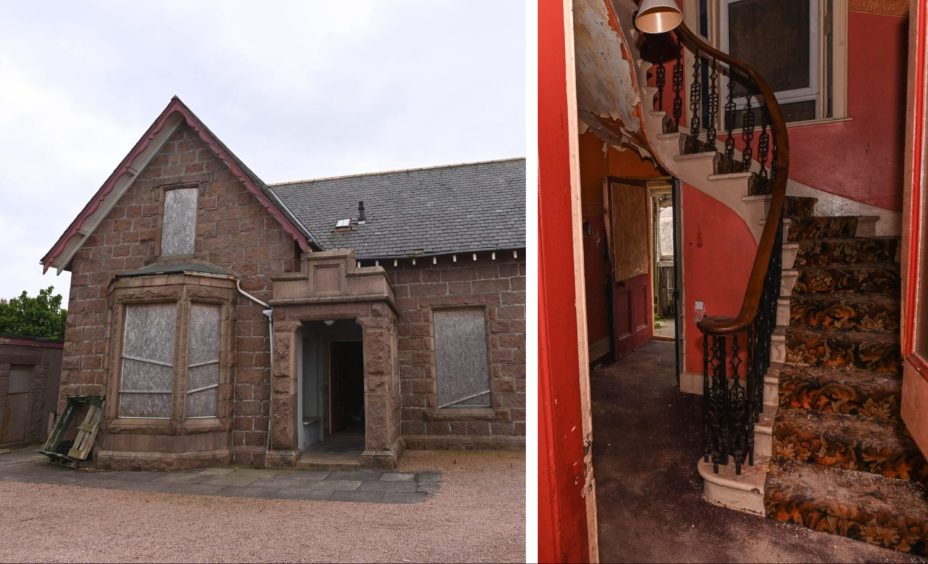
A 155-year-old Victorian lodge with period features has gone on the market for £110,000 in Peterhead – but it’s located in a historic cemetery.
The pretty, pink granite period property forms the gateway to Constitution Street Cemetery in Peterhead.
While the eerie setting overlooking graves of former Peterhead residents might put some people off, it was home to many cemetery caretakers over the years.
The accommodation was provided as part of the job where caretaker dug graves, kept records, and carried out gardening and maintenance work.
Now the unique 1869 home, which is in need of some restoration, has gone on the market for the first time in its history at offers over £110,000.
With three bedrooms and a large garden, it could once again be turned into a beautiful family home.
Read on for the fascinating history of the lodge and Constitution Street Cemetery…
Peterhead Cemetery was gifted to town
The cemetery on Constitution Street opened on July 16 1869 as a gift to Peterhead from the Edinburgh Merchant Maiden Hospital, a school for girls.
Members of the Merchant Company in Edinburgh were influential and public-spirited, and helped the poor and elderly.
The charitable Merchant Company was among the biggest landowners in Scotland – particularly around Peterhead, and paid for the cemetery to be built.
The opening of the graveyard was conducted by the provost, magistrates and the Reverend James Mitchell of South Leith, Edinburgh.
Time capsule buried in centre of Constitution Street cemetery
Governors were escorted to the cemetery by a guard of honour of the local Voluntary Artillery and Rifle Corps.
Sir Thomas Boyd, master of the company, said: “The feeling of humanity is that there should be a suitable resting-place for the dead [in Peterhead].
“When the soldier dies abroad or on the battlefield, his friends or country raise a monument in his memory.
“With such a feeling as this, the governors had set aside this place of sepulture (burial) as a fitting burying-place for those who fell in the battle of life.”
Rev Mitchell laid the foundation stone for an obelisk in the centre of the cemetery.
He placed a bottle underneath it containing copies of three newspapers – the Peterhead Sentinel, Buchan Observer and The Scotsman – along with written particulars about Peterhead, a list of the governors of the Merchant Maiden Hospital, and of the officials in attendance.
Desperate need for new cemetery in Peterhead due to overcrowding
Mr Mitchell spoke of the dire need in Peterhead for a new cemetery.
He explained the Old Churchyard was so full that sometimes coffins became exposed after a short time.
In nine years, nearly 1000 people had been buried in the old cemetery, and he added: “The fact that about 200 graves were opened a year in the old burying-place was sufficient argument for a new one.”
He said there was “too much gloom and darkness” in old churchyards and the new one had a “freshness and beauty of nature”.
The provost thanked the governors, explaining Peterhead community could not have afforded the high price of land to create a graveyard.
He said it was most beautiful, but hastily added: “I hope that all live long and keep out of it.”
Pretty pink granite lodge is gateway to historic cemetery
As well as being an attractive cemetery, a pretty lodge was built at the entrance for the caretaker.
Lodges were integral to Victorian cemetery design and formed the gateway to burial grounds.
Cemetery attendants who lived there acted as gatekeepers, and would keep cemetery records.
At more than 150 years old, the Constitution Street Cemetery lodge could be the perfect project period home for those not easily spooked.
Built from pink Peterhead granite with its original lime mortar, the cemetery lodge features attractive blockwork.
A porch with intricate carved granite detailing and arched windows leads to a timber door.
No expense was spared when building the cemetery, and the substantial, detached lodge reflects this.
It also has other external period features like a bay window, timber detailing on the roof soffits and gingerbread-cottage style carved fascias.
Victorian lodge brimming with surviving period features
Despite the passage of time and falling victim to vandals, many other charming Victorian features in the cemetery lodge survive.
Ripe for restoration, at 135sqm the lodge is surprisingly spacious and could be an ideal family home.
It has two public rooms and a kitchen downstairs, three bedrooms, a study and bathroom upstairs.
Stepping inside, the bright hallway still has its original turning staircase with wrought-iron spindles.
The first public room, measuring 5.30m x 4.27m (17’4″ x 14′), still has its original fireplace, deep wooden skirtings and ceiling cornicing.
It also has dual-aspect windows complete with period shutters.
The second, larger room downstairs – measuring a huge 8.15m x 4.50m (26’8″ x 14’9″) – also retains its fireplace.
Accommodation is completed downstairs with a fitted kitchen, which has a damaged ceiling.
Property enjoys private and enclosed garden
Upstairs there’s a three-piece bathroom, and three good-sized bedrooms with views over the cemetery, garden and neighbouring streets.
While the front of the house is accessed from the cemetery, the lodge enjoys its own large, private walled garden.
The enclosed garden walls are high enough to obscure the graves, for those less keen on their quiet neighbours.
There is also a big greenhouse, porch and access to the garden from the front of the house and from Constitution Street.
For those not bothered by its slightly spooky situation, the lodge has the potential to be restored to its former glory.
Having been targeted by vandals, some of the uPVC windows are smashed and since boarded up.
But it would be an opportunity to replace them with something more in-keeping with the age of the building.
Residents of cemetery lodge in days gone by
The cemetery lodge is being sold by Aberdeenshire Council as it sells off buildings in its estate considered surplus to requirement.
And the next owner would be the latest in a long line of caretaker custodians as the lodge goes on the public market for the first time.
In the 1880s, the cemetery superintendent was Charles Reid.
He was succeeded by gardener and cemetery attendant Robert Grant, his wife Elspet and their three younger children Donald, Anton and Elspet.
By 1895, Anton was a gravedigger, but father Robert Died aged 64 later that year and by the 1901 census the family had moved to Marischal Street.
Cemetery caretaker John Alexander then lived at cemetery lodge with his wife Mary and their daughter, also Mary.
Miss Alexander taught piano and music to children in the lodge.
Cemetery supervisor died after falling into grave
But tragedy struck in 1931 when John died as the result of a freak accident in the cemetery.
A fatal accident inquiry heard how he was digging a grave and put wooden supports at either side.
When hammering the plank, the handle of the hammer came up and struck him on the head.
John then fell into the grave, hitting his head against a screw on one of the supports.
Despite complaining of severe pain, he continued working daily until August 7 when he died of a haemorrhage ruled to be caused by the initial fall.
A new superintendent, William Thomson, was appointed in September 1931 having moved from Allenvale Cemetery in Aberdeen.
But now the property needs a new custodian to gently turn it back into the once-happy family home.
It’s on the open market for the first time with Brown and McRae, and is described as an investment opportunity.
If you enjoyed this, you might like:
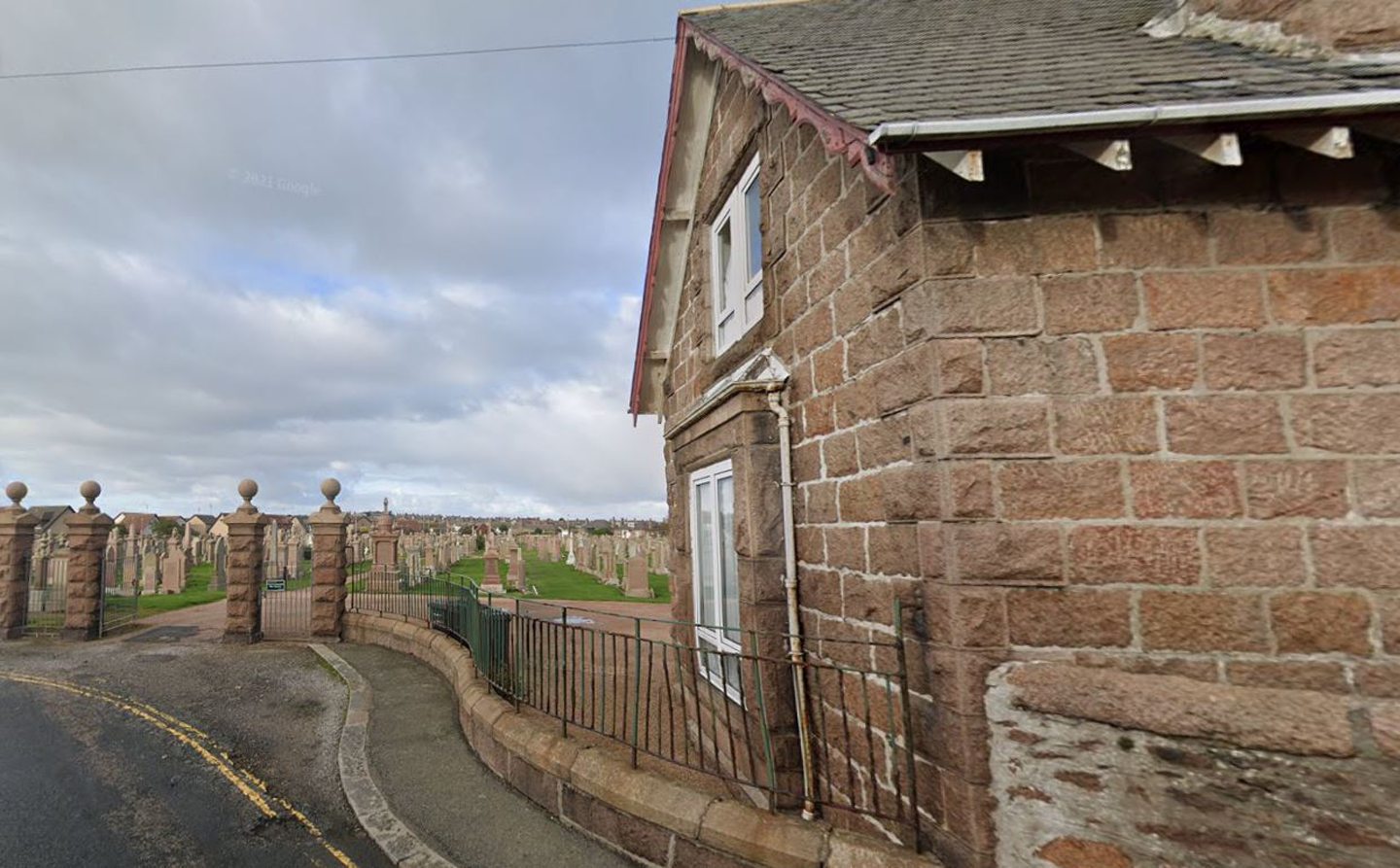
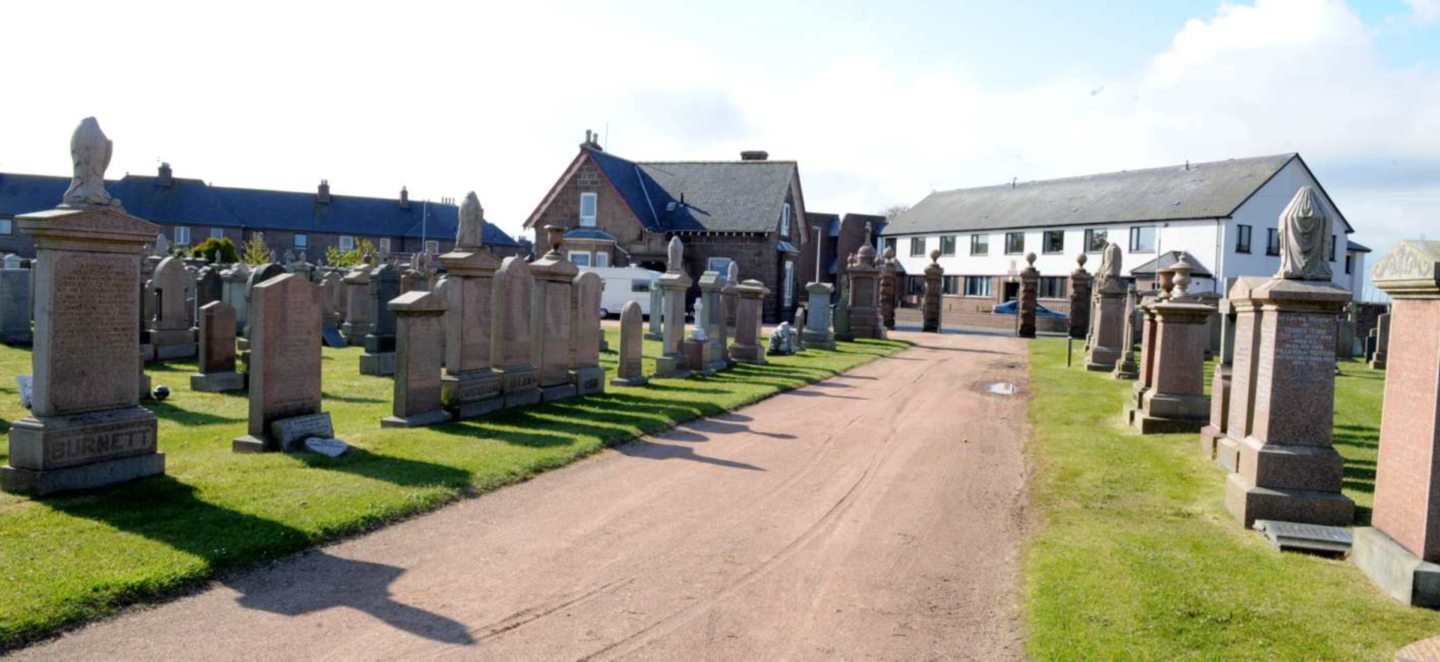
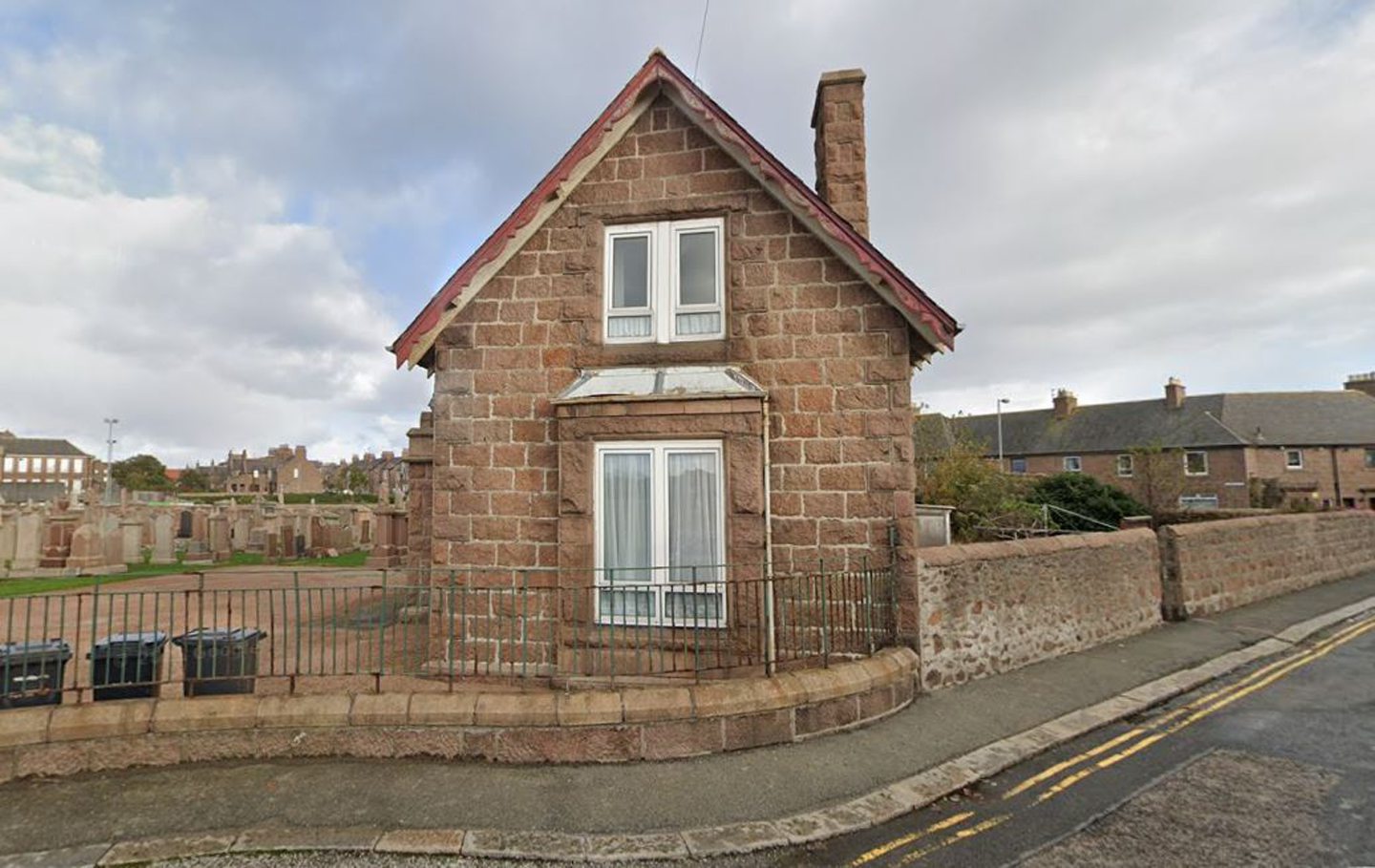
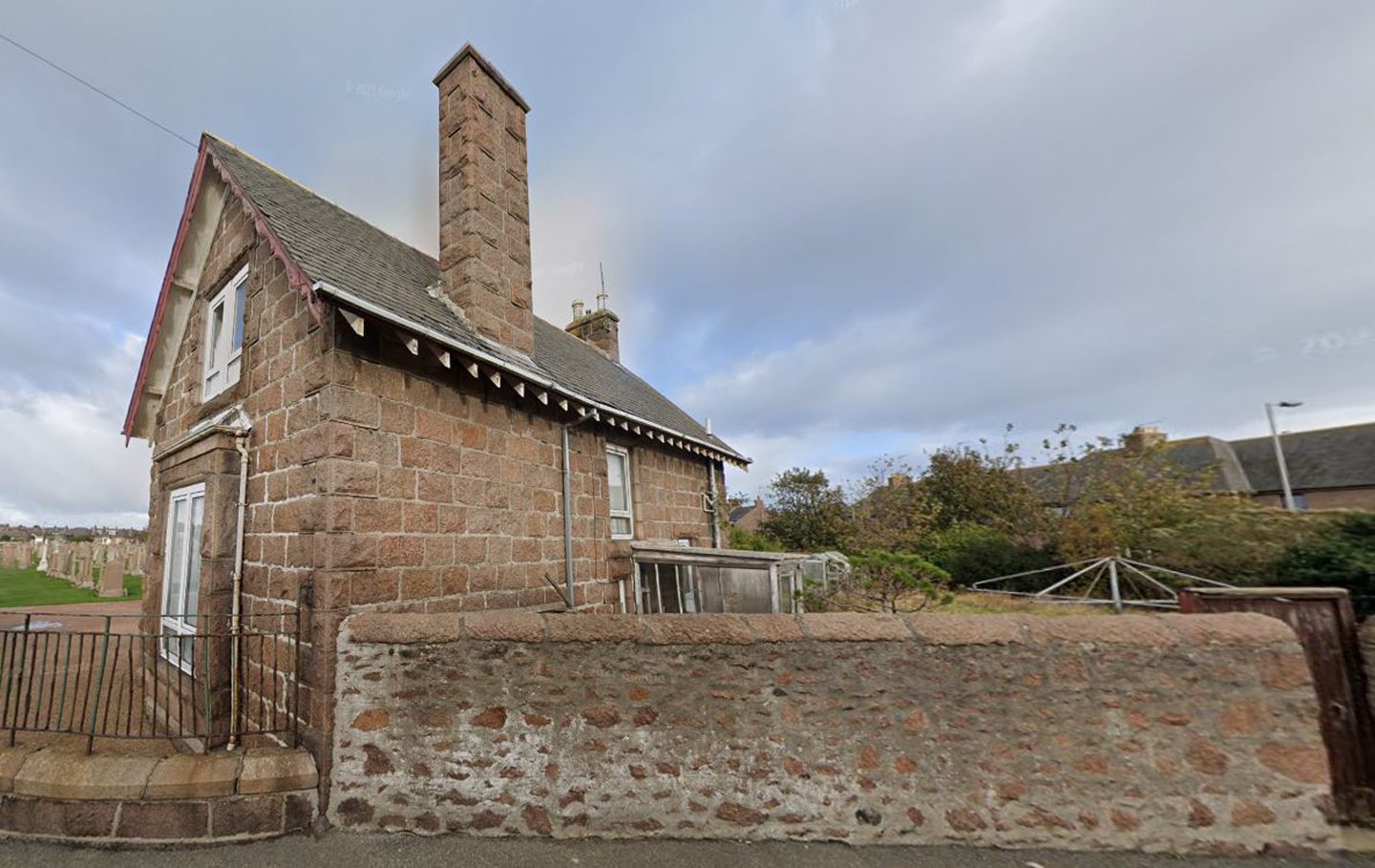
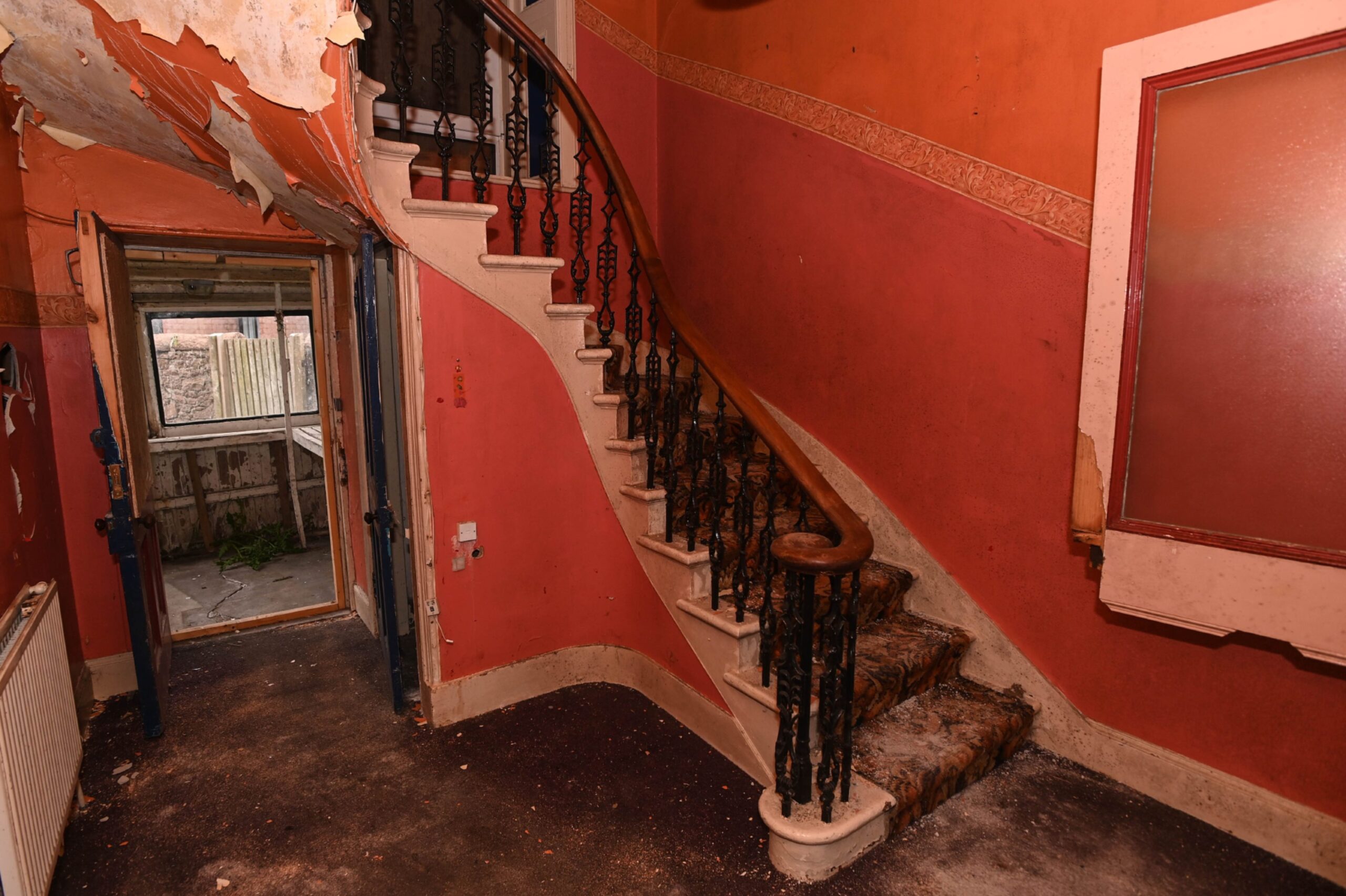
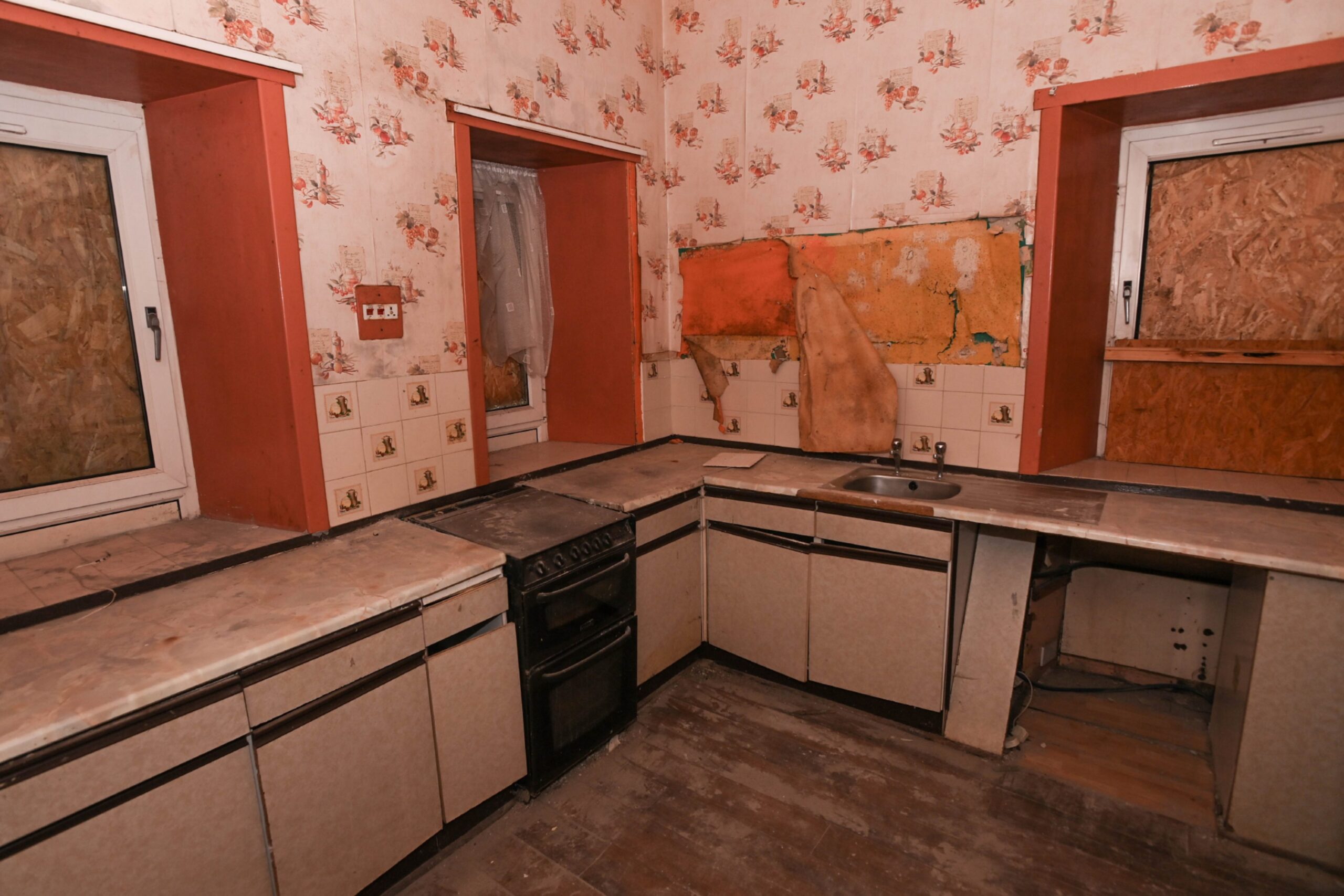
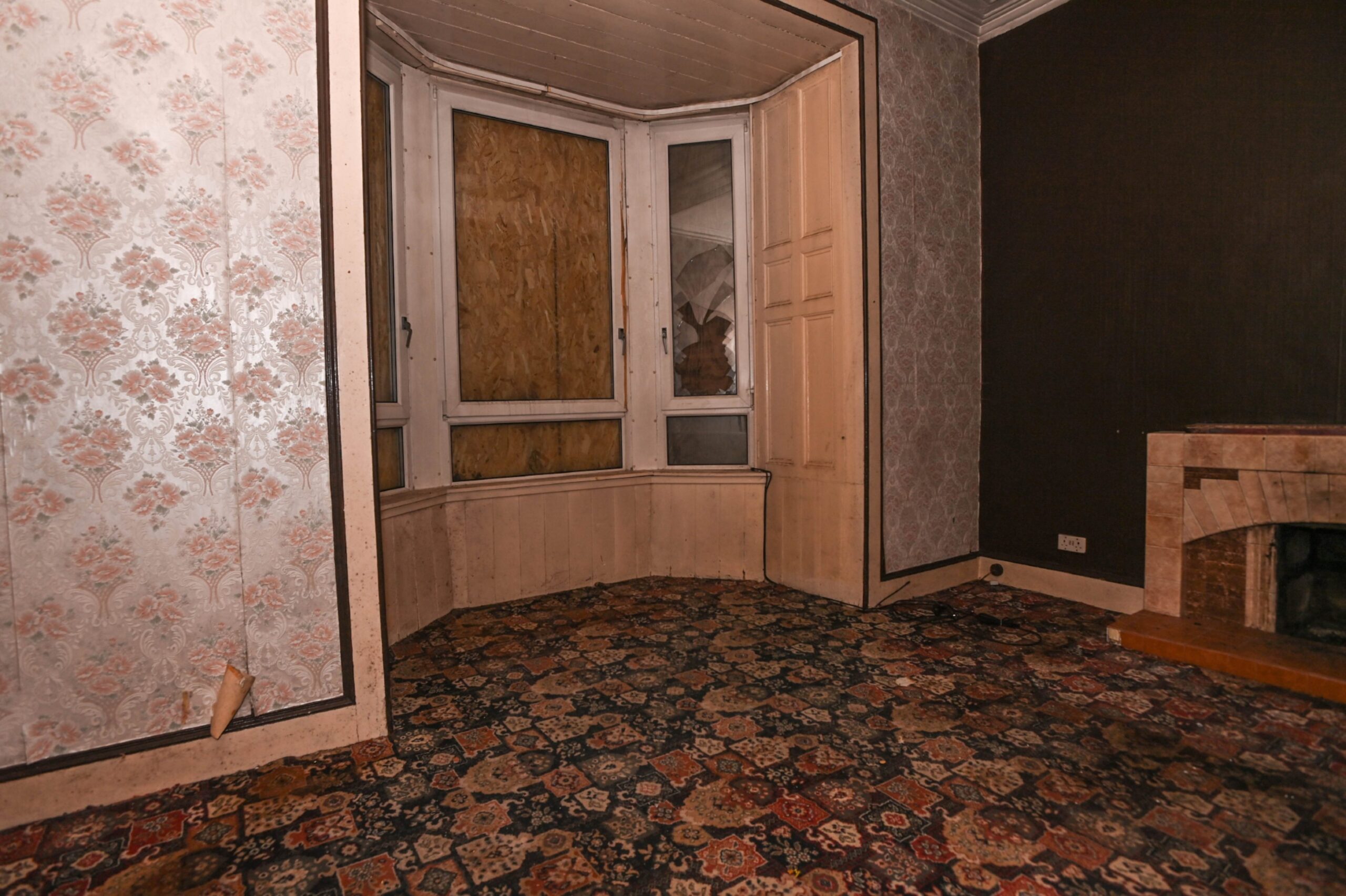
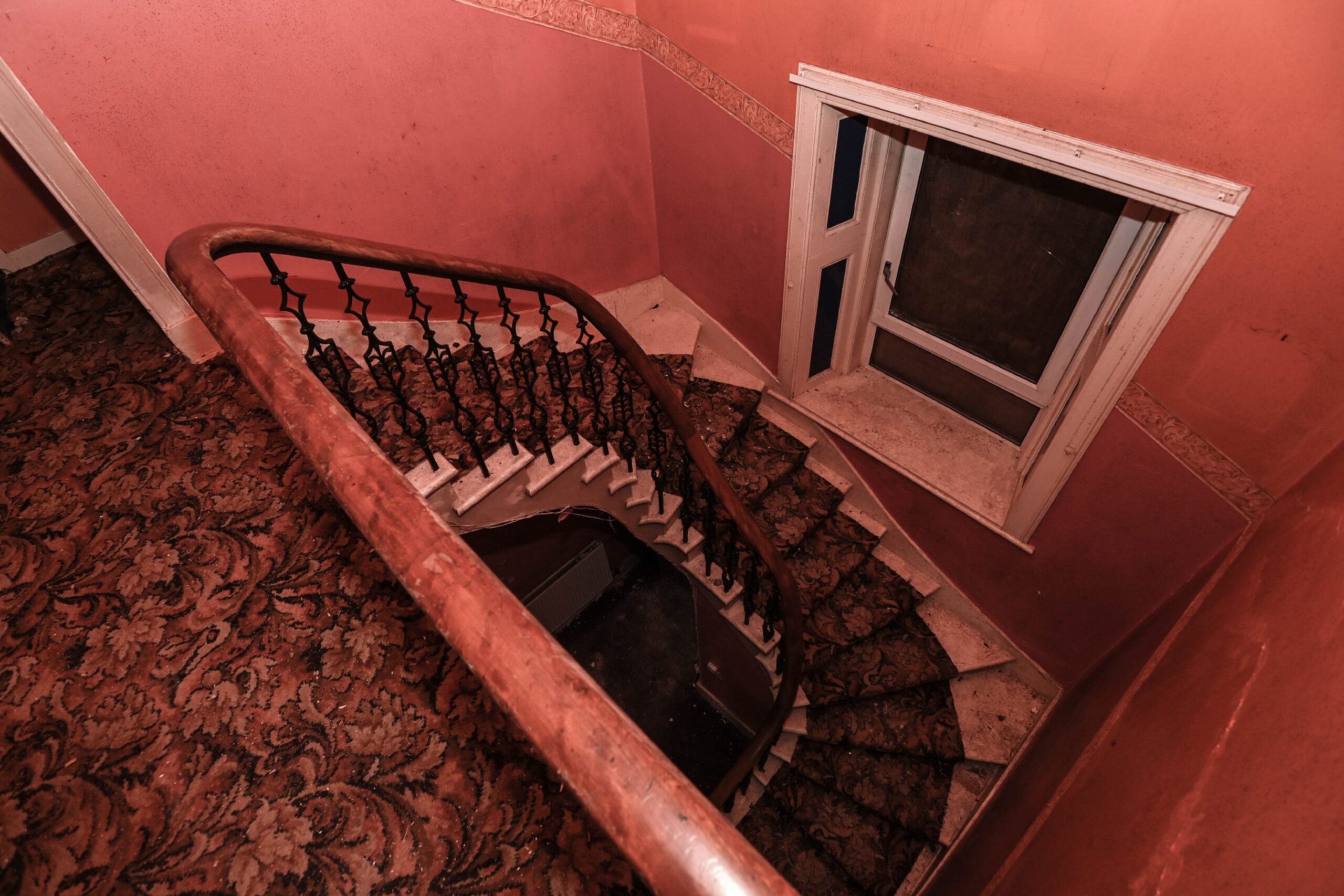
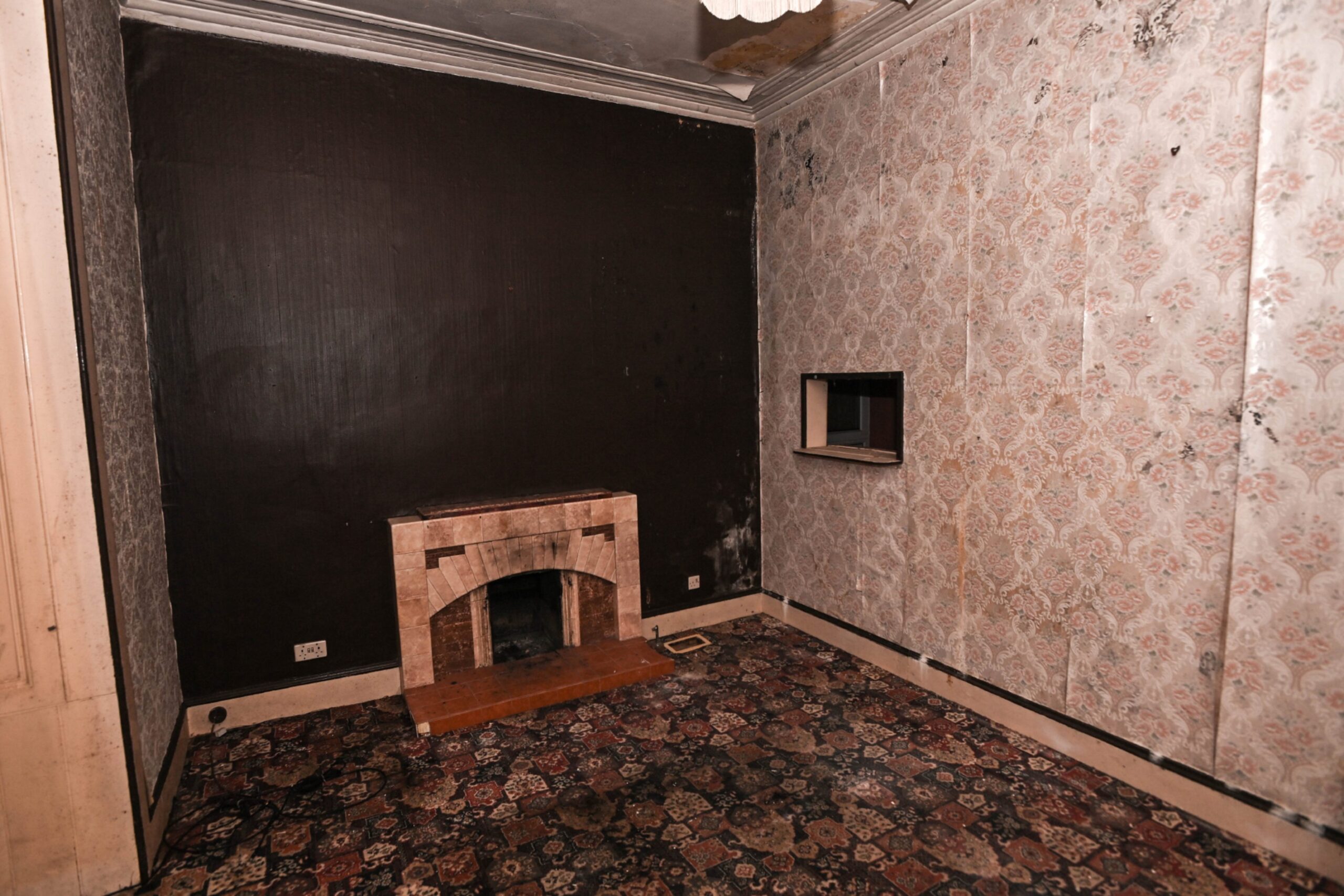
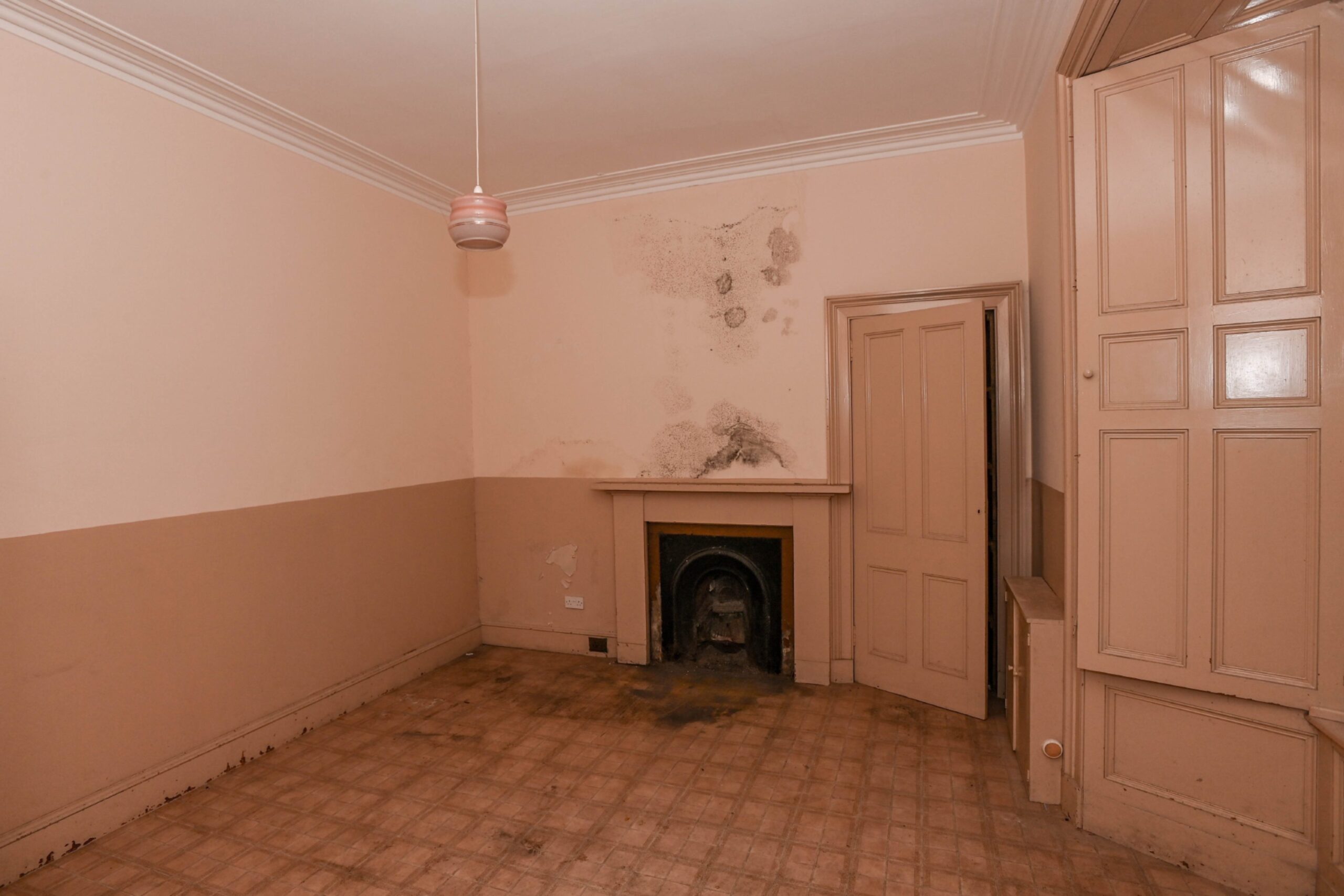
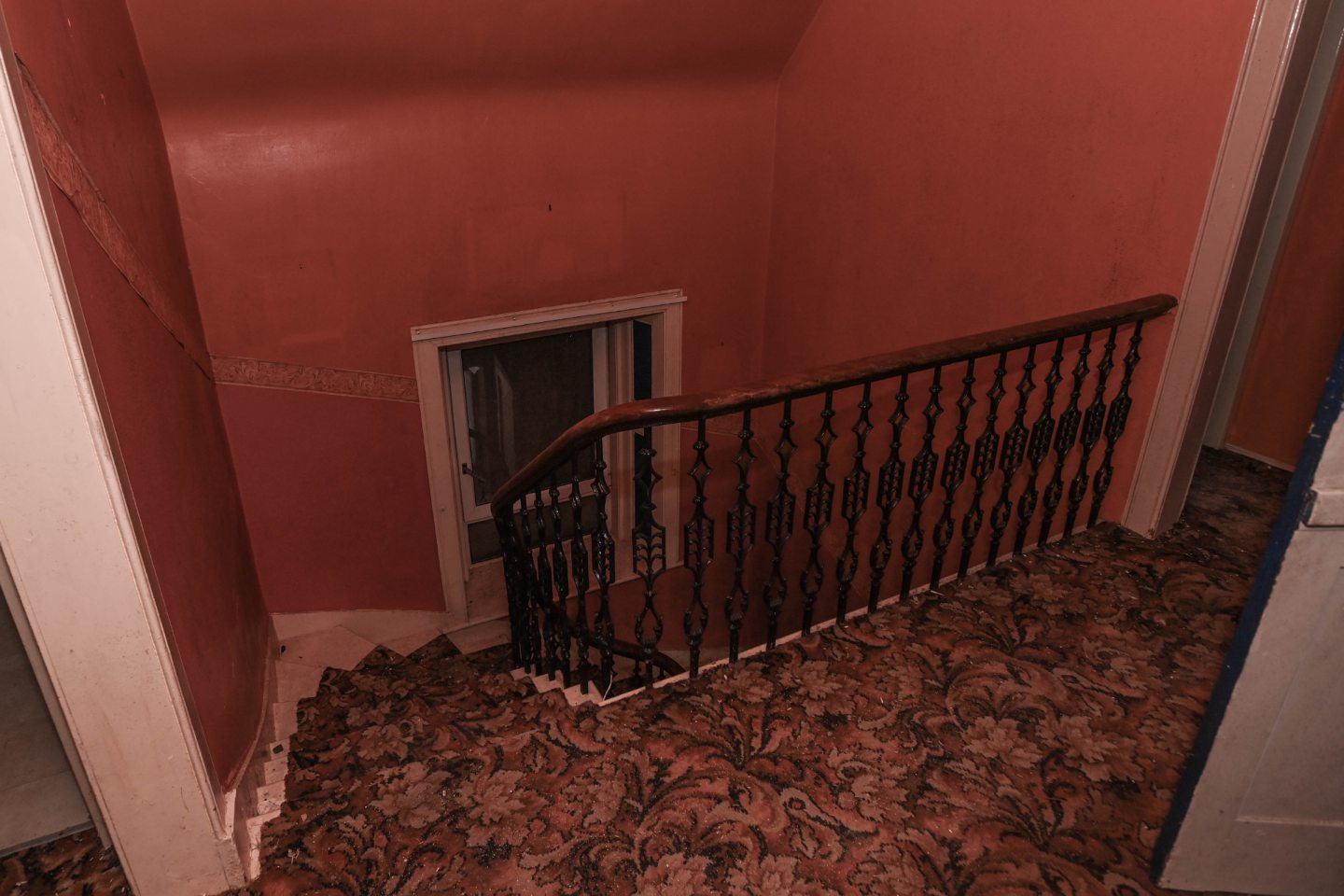
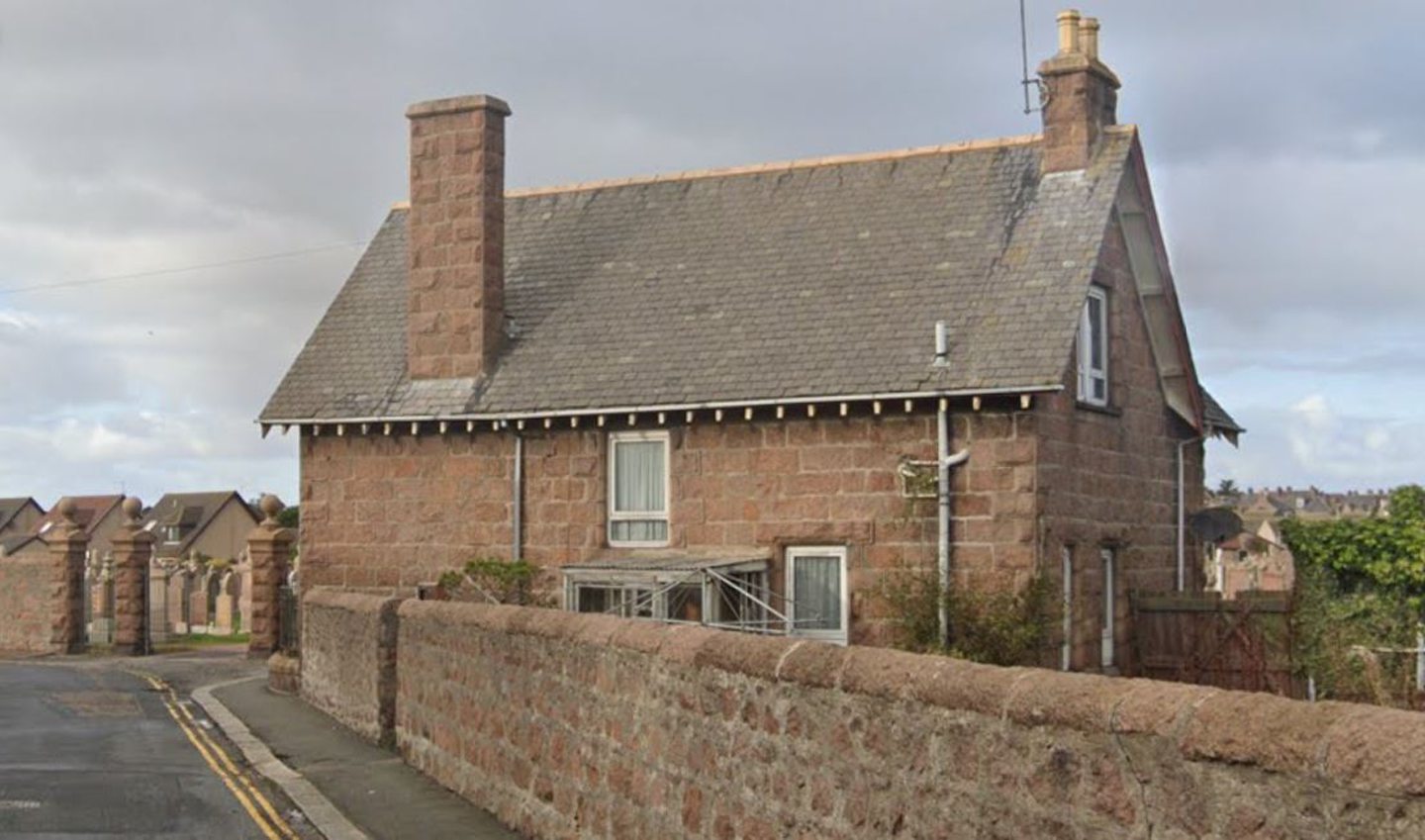
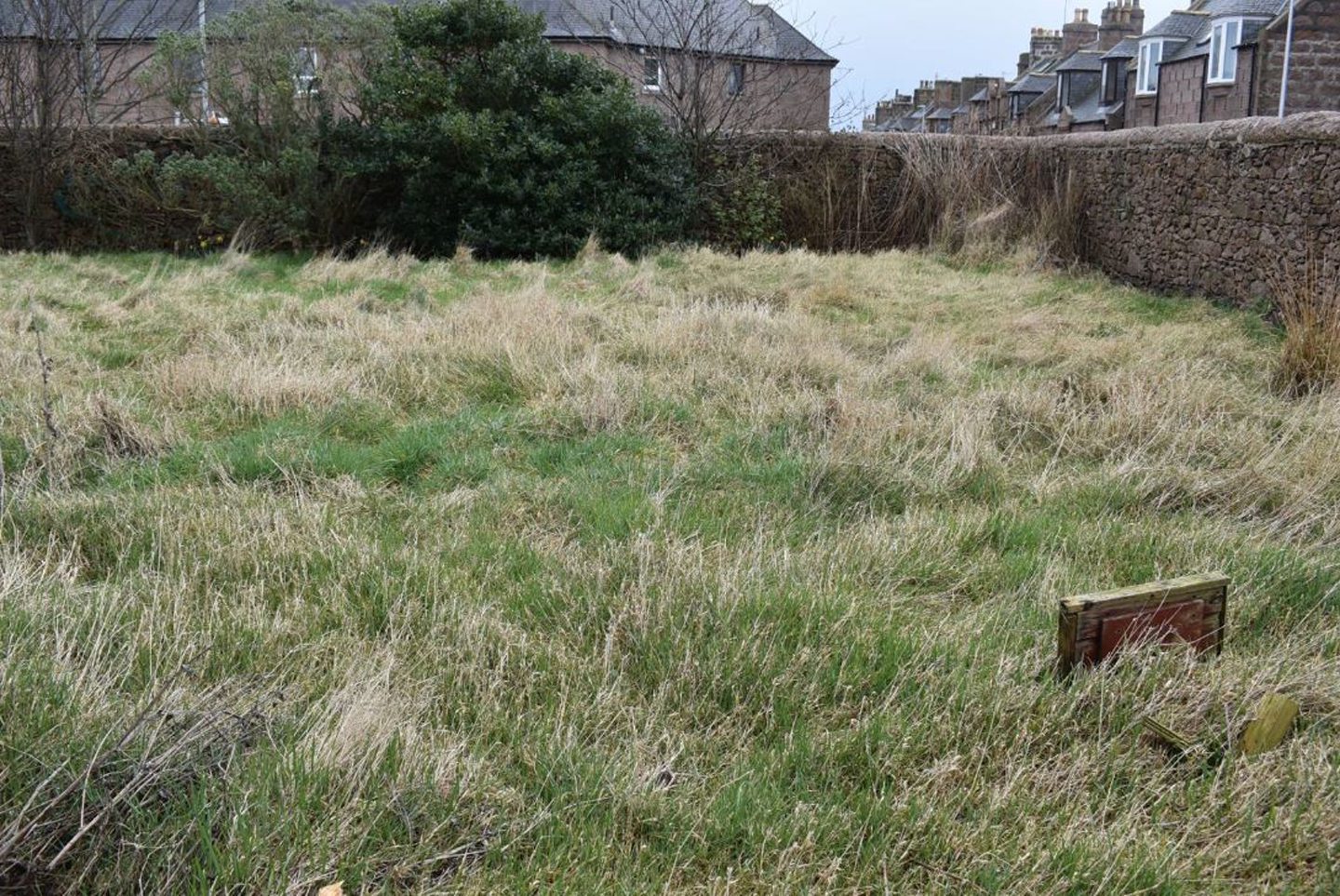
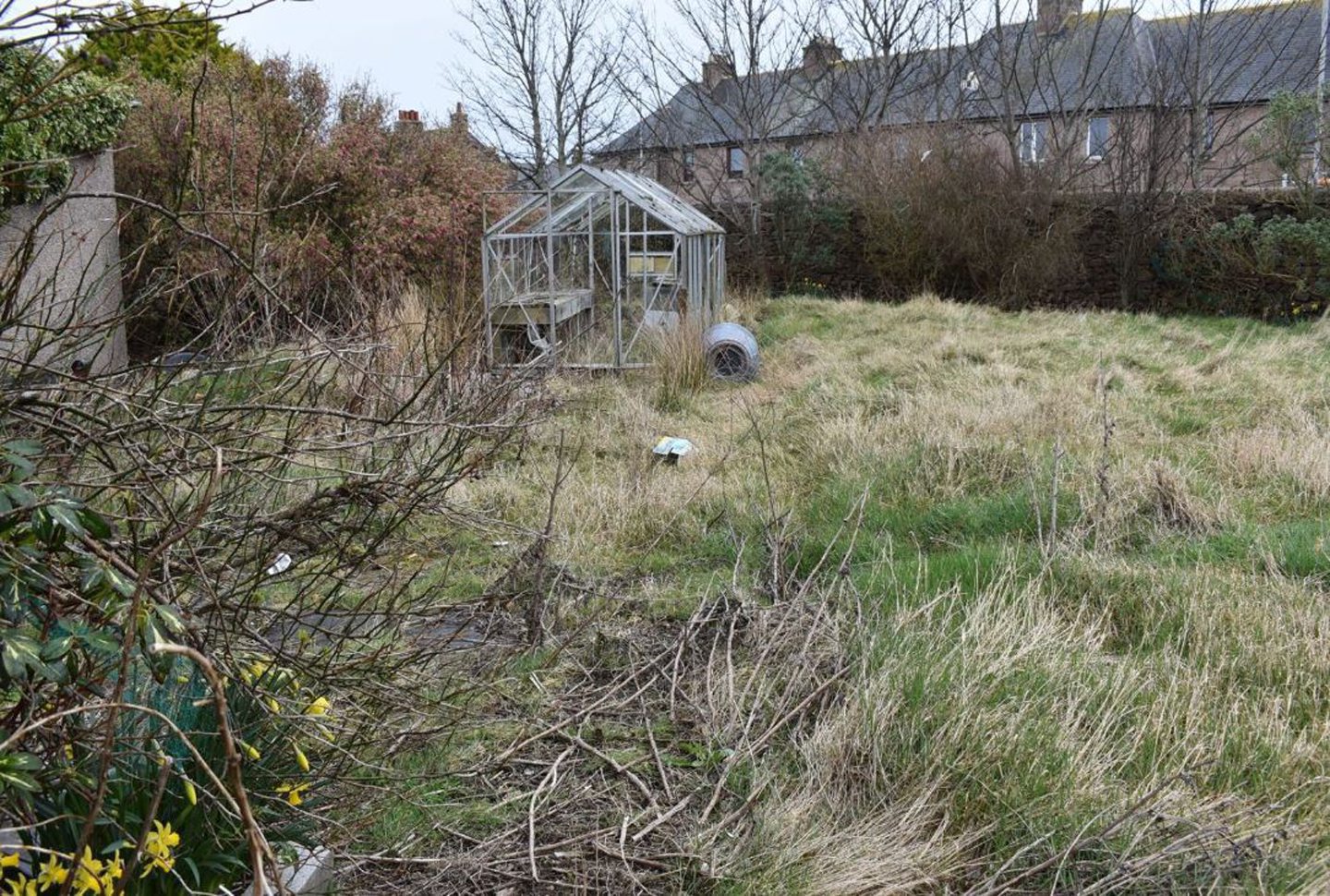
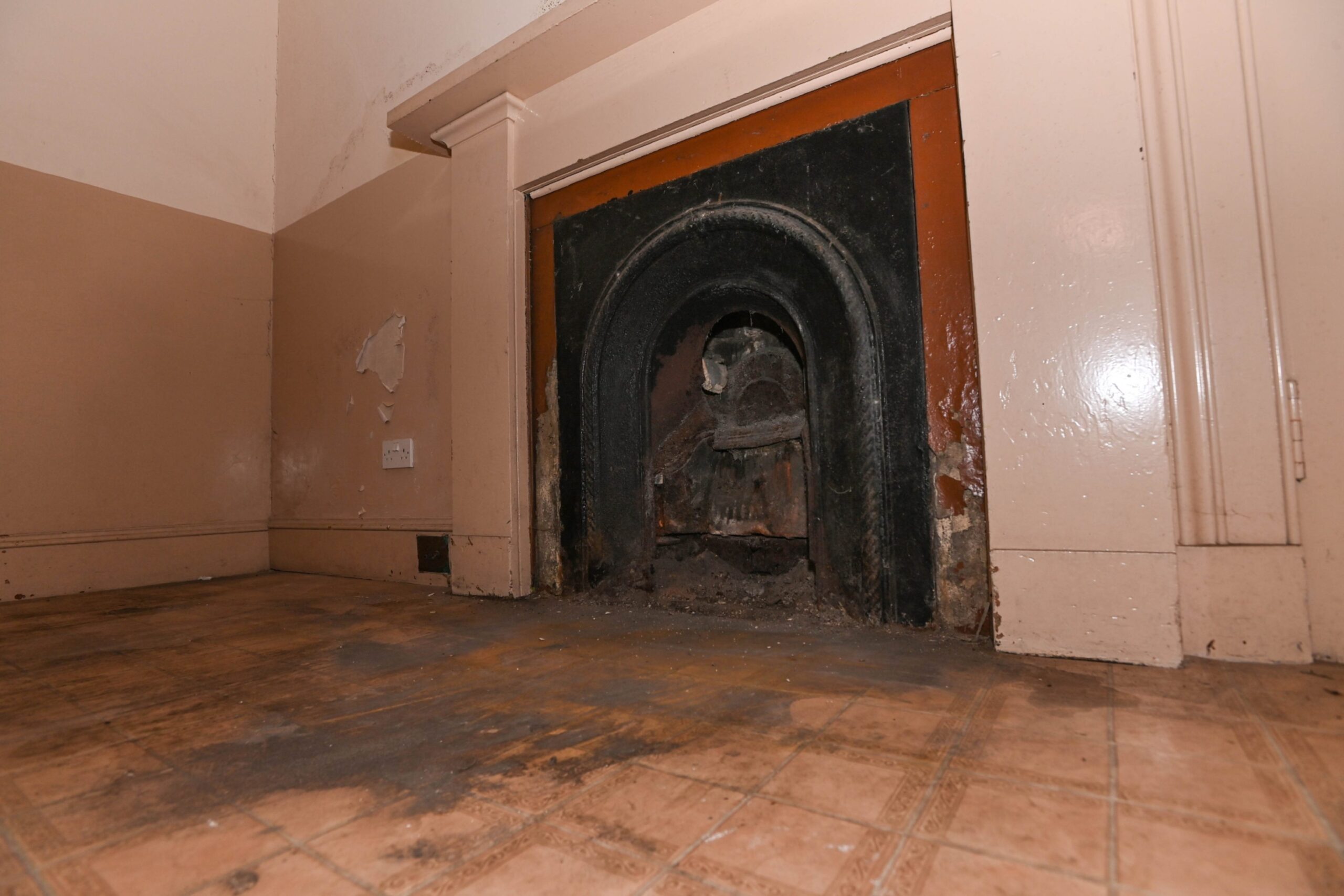

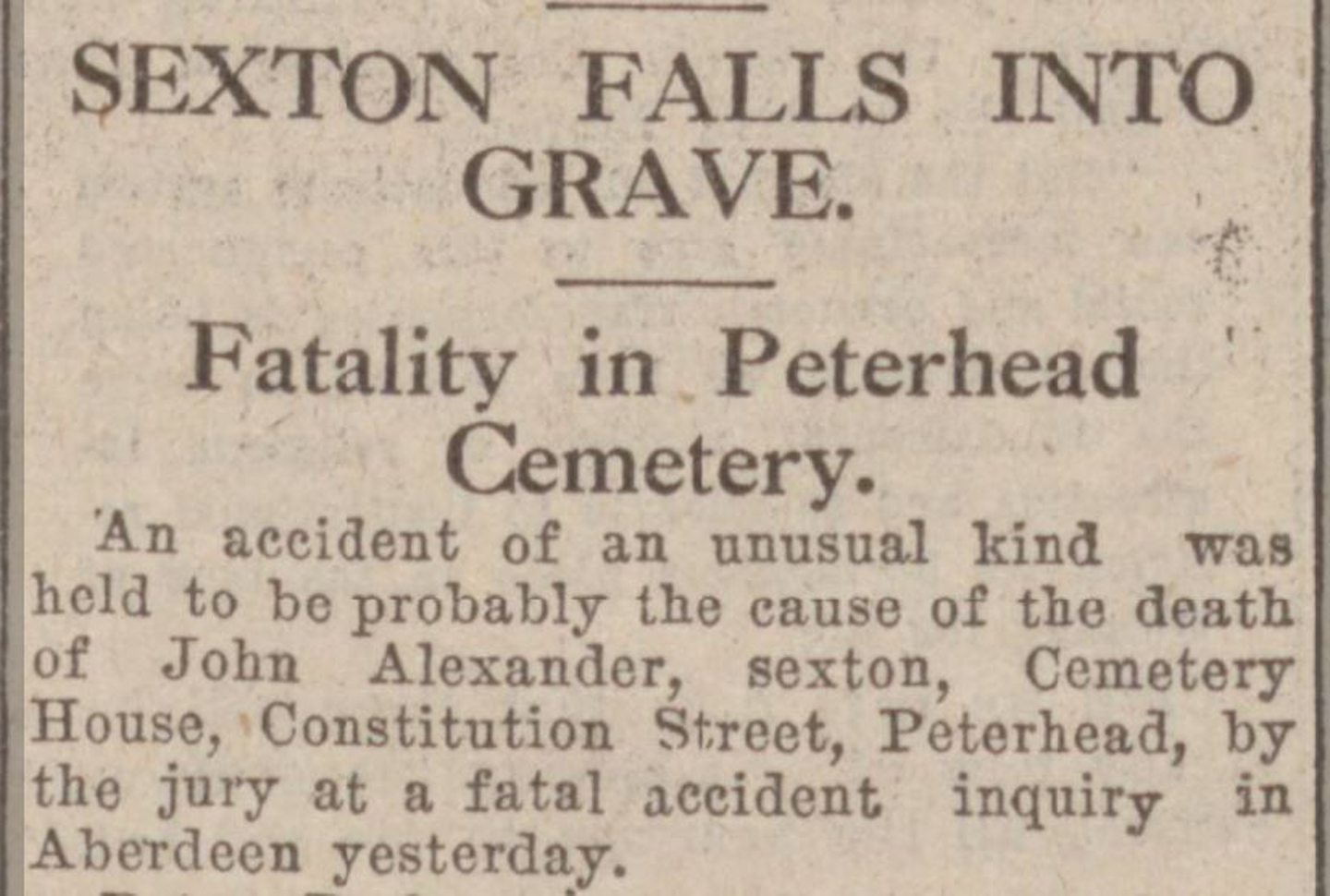
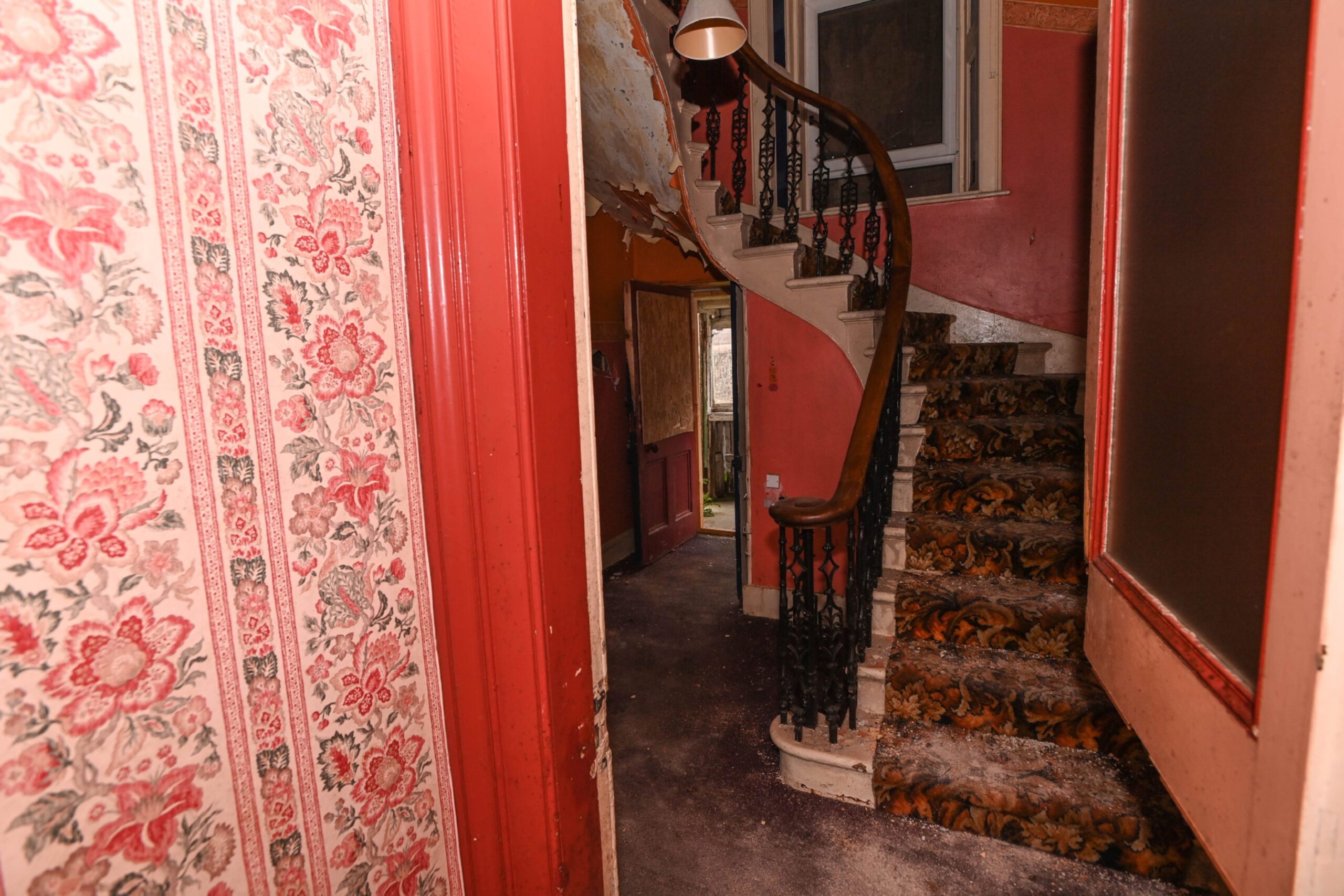
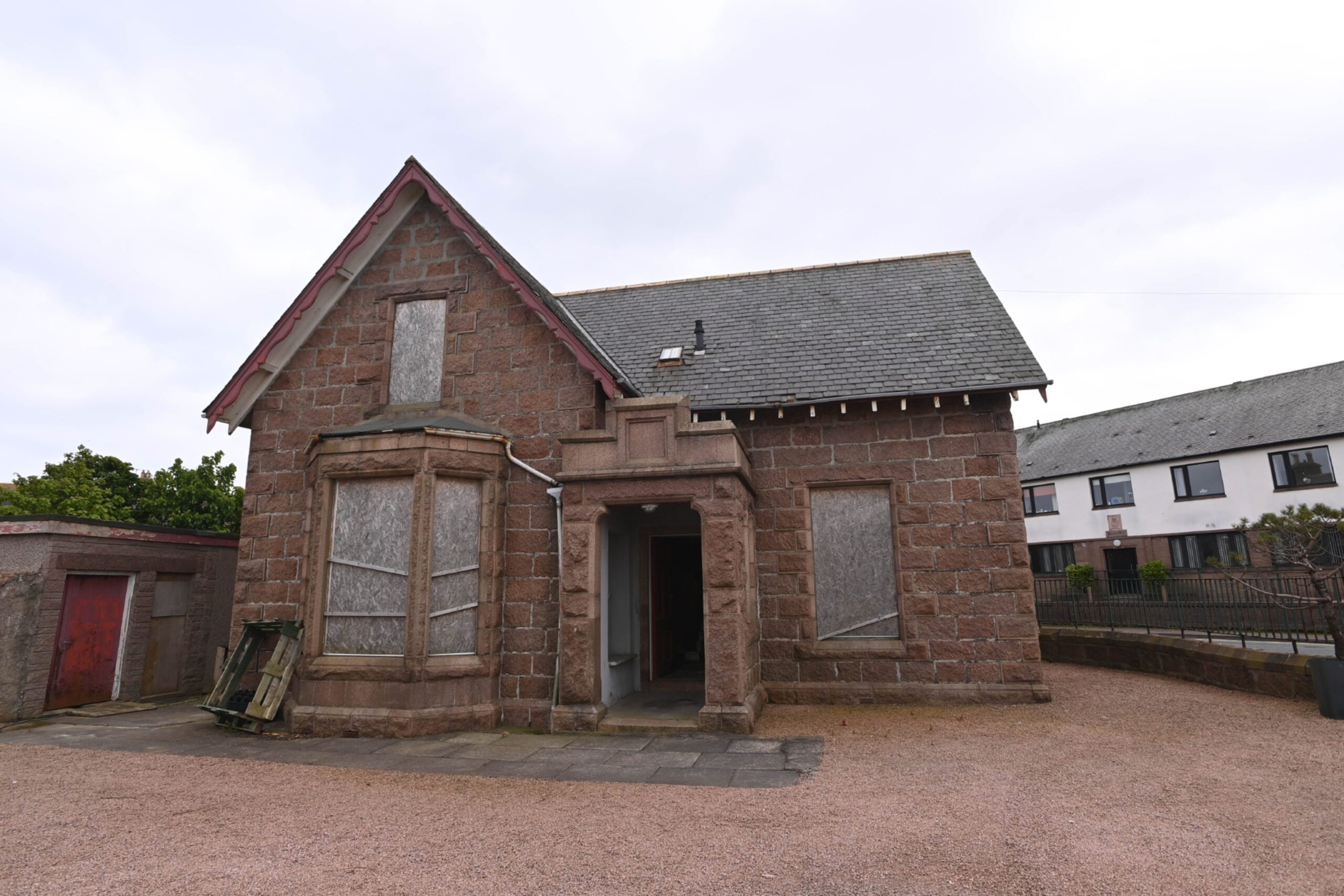
Conversation